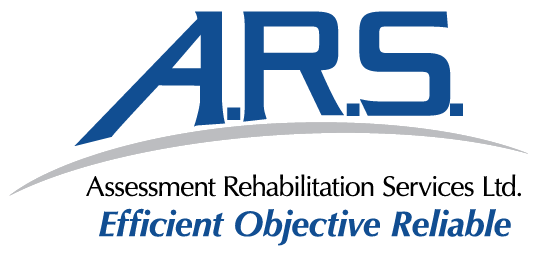What to Expect
Your Medical Assessment
A.R.S. Assessment Rehabilitation Services Ltd strives to make your assessment as stress-free as possible. When it comes to being evaluated, it is important to understand what to expect.
An Independent Medical Evaluation is a thorough assessment by a qualified expert who does not have a past doctor-patient relationship with you, and will not become a treatment provider. This ensures impartiality.
You can expect your assessment to take up to several hours, so it’s important to wear comfortable clothing and have water and a snack with you if required.
The assessment will involve a thorough review of your medical documents, a history, and a clinical examination with various tests, as deemed necessary.
The goal of your medical assessment is for our assessors to gain a better understanding of your accident, injury, or illness and how it has affected you physically and/or mentally. For our assessments to be accurate and complete, you will need to be prepared for a line of questioning and testing. It is vital that you understand that this is part of the process so that you can be fully prepared when you arrive at your appointment.
It is your right to be informed and you will be treated with respect and dignity throughout the process. Ask us questions and seek clarification where needed. We are here to help.
Following your assessment, the assessor will prepare a final report that outlines findings and medical opinions. This report will be submitted to the referral source.
Reliable Medical Assessments Across Ontario, and All of Canada
The staff at A.R.S. Assessment Rehabilitation Services Ltd have years of experience providing quality service with a focus on professionalism, integrity, and timely results.
We maintain a vetted roster of qualified medical and paramedical experts across all fields of specialization.
We pride ourselves on accurate, comprehensive, and unbiased reporting.
When it comes to having an independent medical evaluation, we are here to serve.


